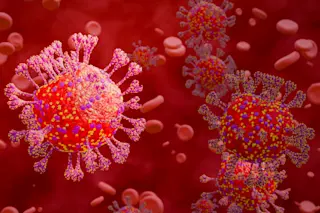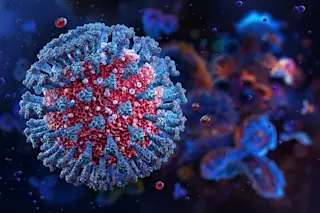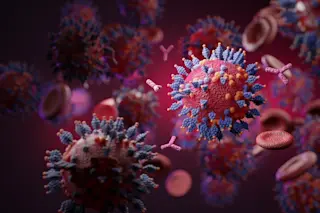My boyfriend needs some more codeine for his headache, the caller said. Even over the phone, the edge in her voice told me something was terribly wrong. Would you start at the beginning? I asked. The woman took a deep breath and began. Two days ago my boyfriend came to your emergency room. He’d been having terrible headaches and fevers for five days before that. His temperature was 104 when the doctor saw him, so she thought he might have an infection in his head. . . . Meningitis? Yes. She did a spinal tap so she could get some fluid out of his spinal column to see if it was infected. So far all seemed in order. A man with a fever. A man with a headache. Meningitis might explain both symptoms, and it might kill him if it went untreated. Then she told us that Timothy didn’t have ...
Fever Without a Cause
Discover how a bacterial liver abscess led to a surprising diagnosis after months of unexplained fevers and headaches.
More on Discover
Stay Curious
SubscribeTo The Magazine
Save up to 40% off the cover price when you subscribe to Discover magazine.
Subscribe












